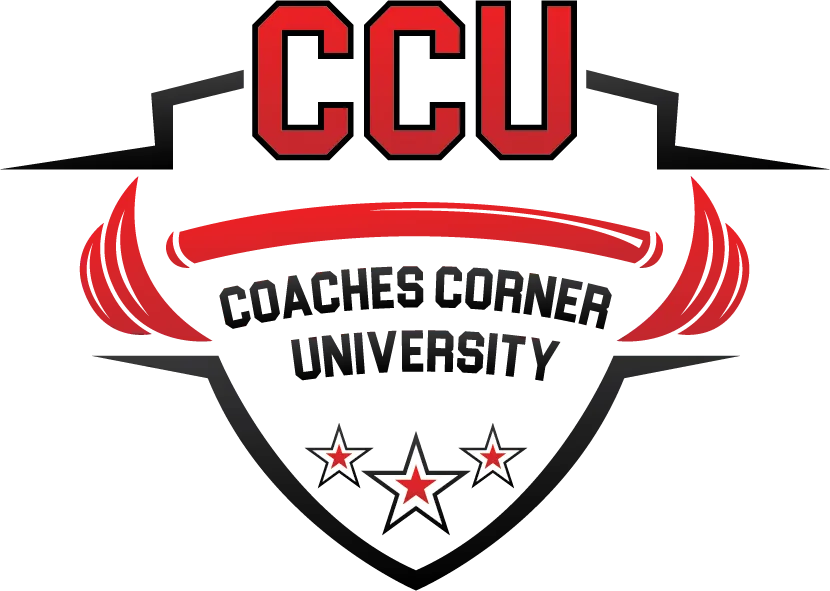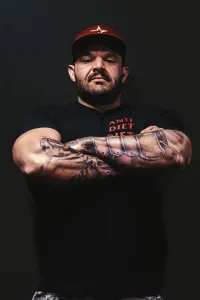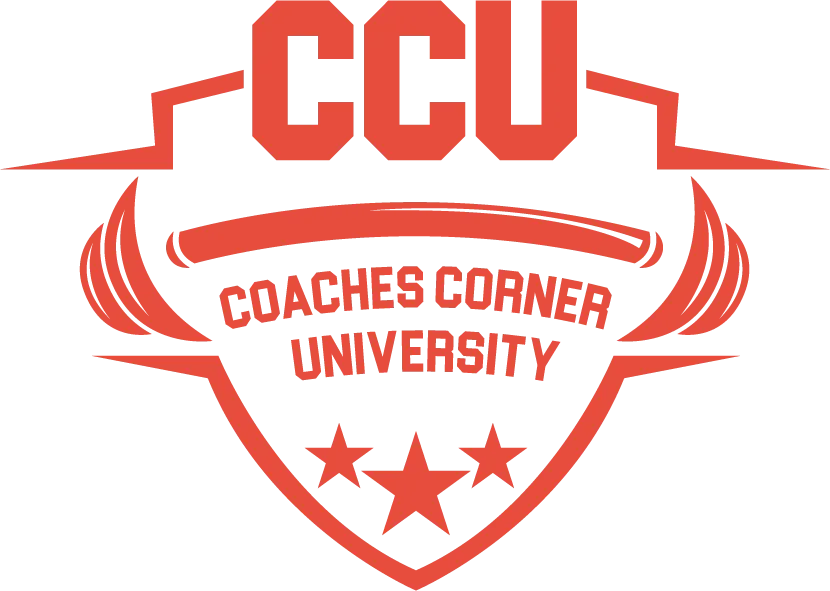Discover The Latest Blogs
Stay updated with Our Informative Blog Posts
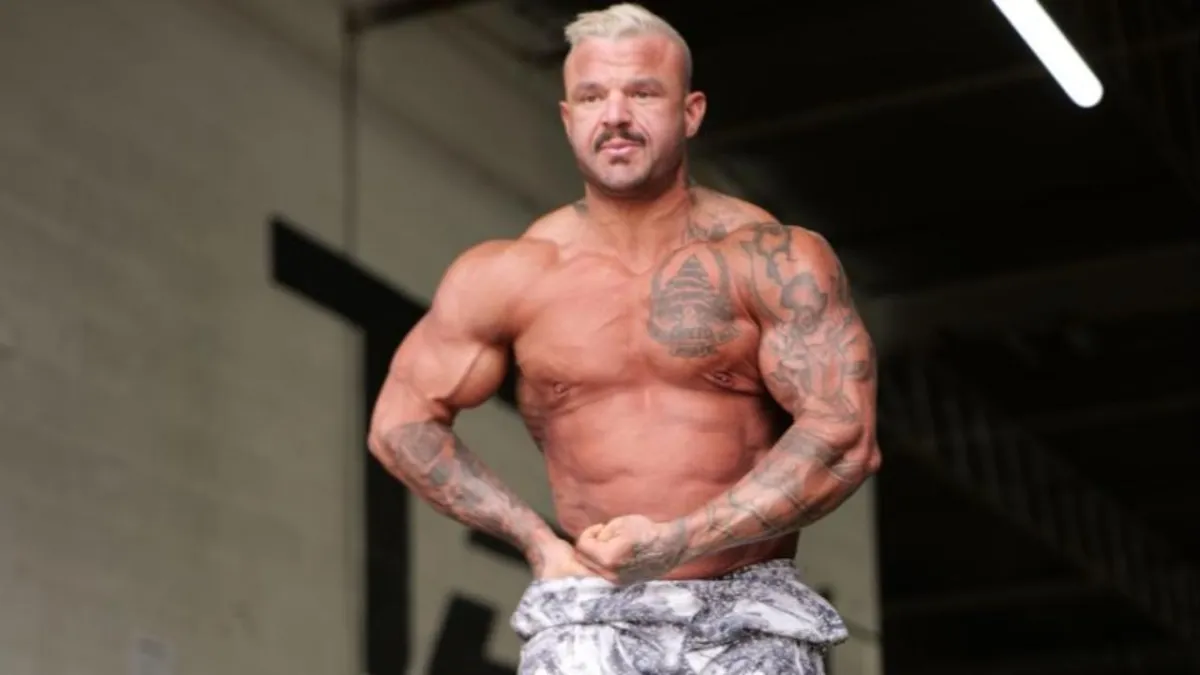
How to Train the Core
You can’t fire a cannon from a canoe creates potentially one of the funniest mental pictures, but it’s actually a worthwhile analogy to dive into when it comes to the value of training the core.
I hear it all the time, “ah coach it wasn't heavy, I just misgrooved it”... yes, you did misgroove it because you weren’t strong enough to stabilize the load and groove it properly.
Your core is the hub of stability of the body. There are a few reasons for this, but potentially the most important one being that the core's main purpose is to protect the spinal cord and the vital organs of the body. Now, why is that important for lifting? Well, the easiest way to conceptualize this is that when the body is oriented in a way that compromises the integrity of the spine and vital organs the nervous system will do two things.
1- it will decrease activation to the periphery and
2- it will increase muscle tone in the areas where it needs stability
So, you’ll be weaker and at a higher risk of injury when the core is not organized in a way the body would consider to be safe.
What is that organization? It’s what we call a neutral spine - essentially a position in which the ribcage and pelvis are stacked vertically on top of one another to create a cylinder, not unlike a coke can. That coke can is extremely resilient to both compression, both vertical and horizontal, and flexion, both front to back and lateral, as well as torsion.
Consequently the function of the core is anti-flexion, anti-rotation, anti-lateral flexion and anti-extension.
Now, function and action need to be classified independently - the actions of the core musculature are:
Spinal flexion
Hip flexion
Hip extension
Spinal extension
Spinal rotation
Hip rotation
Lateral spinal flexion
Hip lateral ab/aduction
Why did I mention the hip? Well, because the muscles that make up the core extend beyond your visible… or not so visible right now… 6 pack abs.
The muscles of the core include:
Anterior Superior
Deep core
Internal Oblique
Transverse Abdominus
Pelvic Floor
Diaphragm
Superficial core
Rectus Abdominus
External Oblique
Posterior Superior
Latissimus Dorsi
Quadratus Lumborum
Spinal Erectors
Anterior Inferior
Hip Flexor Complex
Adductor Complex
Posterior Inferior
Glute Complex
These muscles all work in a coordinated symphony to both stabilize us and move us. When their orientation to one another is skewed, that symphony is out of tune and we cannot perform to the best of our ability.
Now, I want to say here that muscle function and action are not mutually exclusive - if they were, you wouldn’t be able to perform dynamic movements like walking, running, jumping or playing sports.
So, we need to factor that in when we are looking to address training the core. We need to train them in a way that addresses both the function and actions of the core and integrate all levels of the musculature involved.
Crunches on the floor or a 6-minute ab routine ain’t gonna get the job done!
To address muscle function, we need to address:
Strength
Rigidity under load
Coordination
Proximal stability & distal mobility
Isometrics
Complex “gross” movement patterns
Ground based
Breath
Chest vs. diaphragmatic
Pelvic floor integration
Bracing strategy
Training for quality
To address muscle action, we need to address:
Hypertrophy
Increase surface area
Improve propensity for strength
Isolation
Create a connection
Motor learning?
Externally stabilized
Training to failure
RIR < 3
It's important to note that core muscle activation is highest during axially loaded free weight movements, like squats and deadlifts and that there is a significant correlation to loading. So, performing these movements have profound training effects on the core, especially when we train them heavy, but they do not cover all the bases. In fact, I would argue that these would be more so akin to demonstrations of core strength, rather than builders of core strength.
So, how do we train the core most effectively for performance? Well, you need to know where your needs are…
What does everyone need more of?
Traditional breakdown points in the comp lifts
Where do you specifically have deficiencies?
Your specific breakdowns
Could core training potentially address larger issues?
Poor pelvic control
Hip pain
Low back pain, Etc.
What are your constraints?
Time
Equipment
Space,
etc.
It should be HARD!
Push towards RIR <3
Drive up capacity
Intensity matters – the core is no different
I personally love the idea of training the core everyday with a different emphasis. Picking 1-3 movements that you can perform as part of your homework everyday. Think the McGill Big-3: Birddog, Rolling Plank and McGill Curl up. These are the most researched movements available to us that reliably improve core strength.
Further to that, I like to do one movement per day to perform at the end of my training session. This will be a heavier movement taken to close proximity to failure. I’ll pick 4-8 movements that I like, with a mix of function and action appropriate for the needs of the lifter and with a large runway of progression. I’ll rotate through each of these each training session until a progression is needed.
Example:
Day 1 – Cable Pulldown Abs – 2 sets
Day 2 – Copenhagen Planks – 2 sets
Day 3 – GHD Sorenson Hold – for time
Day 4 – Weighted Carry of choice – for distance
The core is a broad term that encompasses more than just the abs. We need to be training both the function and the action of the core and we need to train the movements with specific intent and execution. When choosing movements, we need to be simple and get really good at the basics, leaving room for progression along the way.
Core training is HARD, which is why so many people skip it, but the fact remains, you’re leaving pounds on the platform when you’ve got a core as stable as a pool noodle. So, build up that coke can core and never miss another lift because of a “misgroove”.
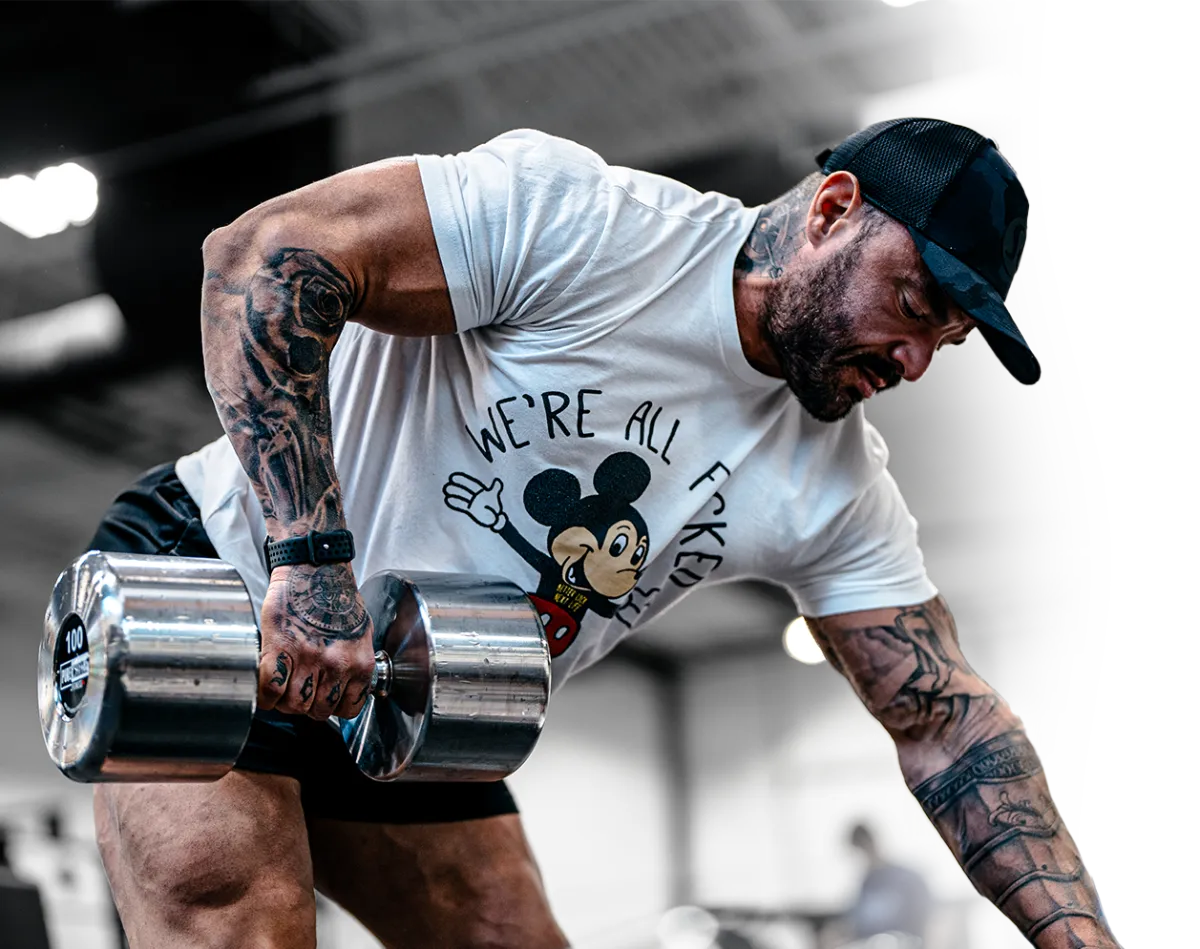
Coaches Corner PhD
